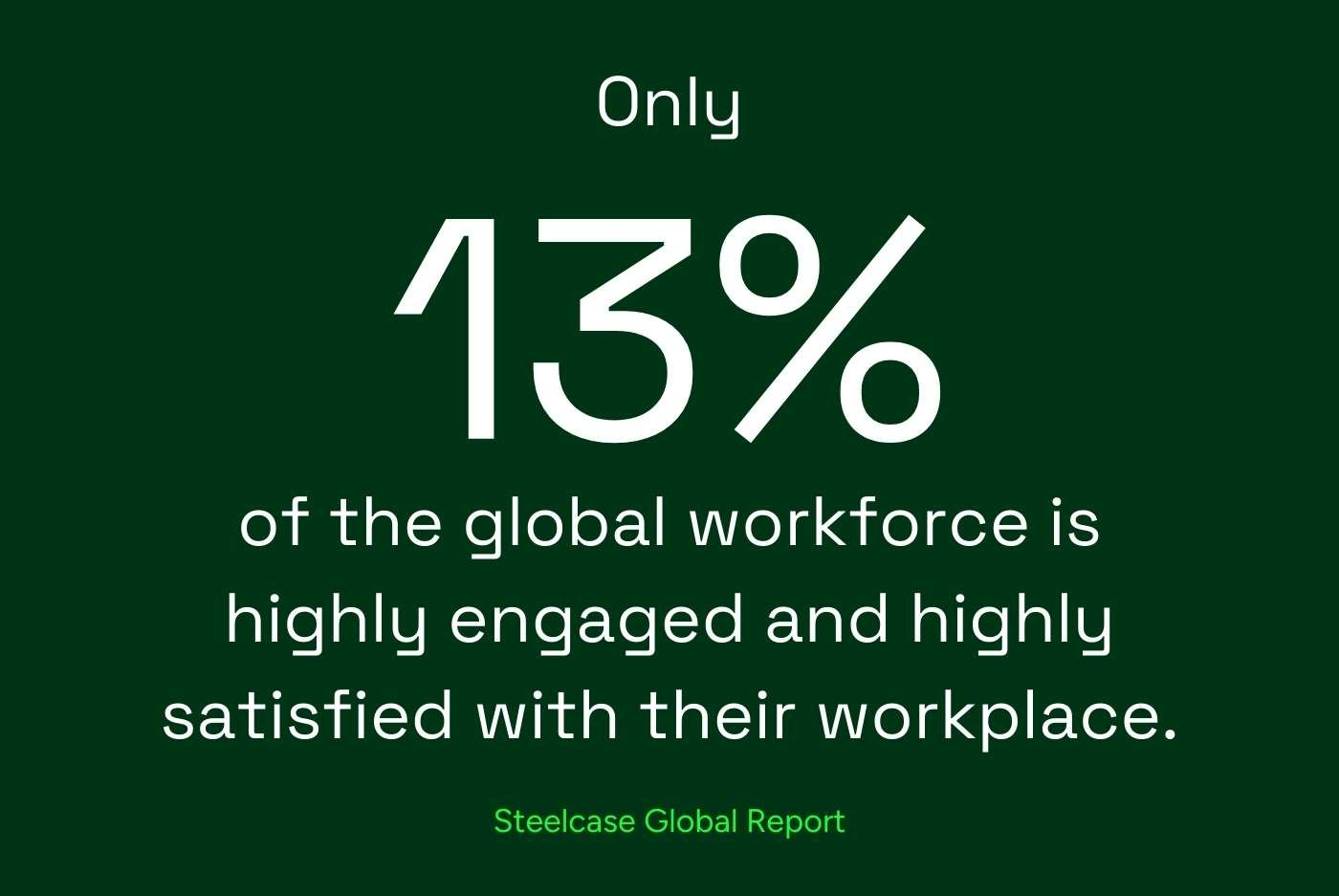Understanding Project Management in Office Design and Fit-Outs
Project management is a structured approach to planning, executing, and closing projects. In the context of office design and fit-outs, it involves several key phases:
- Initiation: Defining the project scope, objectives, and feasibility.
- Planning: Developing a detailed project plan, including timelines, resources, budget, and risk management strategies.
- Execution: Implementing the project plan by coordinating with contractors, designers, and stakeholders.
- Monitoring and Controlling: Tracking the project’s progress and making adjustments as necessary to ensure it stays on track.
- Closing: Completing the project, ensuring all aspects are finished satisfactorily, and conducting a post-project evaluation.
Effective project management ensures that office design and fit-out projects are completed on time, within budget, and to the desired quality standards. It also helps in identifying and mitigating risks, thus avoiding potential pitfalls that could derail the project.
Relating Project Management and Change Management to Office Design
Combining project management and change management principles can significantly enhance the success of office design and fit-out projects. Here’s how these methodologies can be applied effectively:
- Assessing Employee Needs and Preferences: Before initiating a project, it’s crucial to understand the needs and preferences of employees. This involves conducting surveys, interviews, and workshops to gather insights. According to a Steelcase Global Report, only 13% of the global workforce is highly engaged and highly satisfied with their workplace. This statistic highlights the importance of creating a workspace that meets employees’ needs to enhance engagement and satisfaction.
- Designing for Productivity and Well-being: Office design should prioritise both productivity and well-being. For instance, incorporating natural elements, providing adequate lighting, and creating breakout areas can significantly impact employee satisfaction. Additionally, standing desks have been shown to offer health benefits, such as reducing the risk of shoulder and back pain, obesity, and cardiovascular disease.
- Managing the Transition: Effective change management ensures that employees are well-prepared for the new office environment. This includes clear communication about the changes, providing necessary training, and creating opportunities for feedback. For example, employees might need time to adjust to an open-plan office layout, which has been shown to decrease productivity for 37% of workers (Your Coffee Break).
- Engaging Stakeholders: Involving employees in the design process can lead to better outcomes. By engaging stakeholders early and often, project managers can gather valuable insights and foster a sense of ownership among employees, reducing resistance to change.
- Continuous Improvement: After the office design or fit-out is completed, it’s essential to conduct a post-project evaluation to identify areas for improvement. This feedback loop helps in making continuous enhancements to the workspace, ensuring it remains aligned with employees’ needs and organisational goals.
Trends and Future Considerations
As we look toward the future, several trends in office design are emerging. These trends focus on creating flexible, healthy, and productive workspaces. Some of these trends include:
- Biophilic Design: Integrating natural elements like plants and water features to enhance well-being and productivity.
- Flexible Workspaces: Designing spaces that can be easily reconfigured to accommodate different work styles and team sizes.
- Technology Integration: Leveraging smart office technology to improve efficiency and create a seamless work experience.
For a deeper dive into these trends, check out our article on Office Interior Design Trends for 2024: Crafting Workspaces for the Future.
Additionally, creating a healthy workplace is paramount. From ergonomic furniture to wellness programs, there are numerous ways to foster a healthy work environment. Learn more about the importance of a healthy workplace in our article on The Importance of a Healthy Workplace.
Conclusion
Office design and fit-outs are not merely about aesthetics; they play a critical role in employee productivity, satisfaction, and overall organisational success. By applying project management and change management principles, organisations can ensure that these projects are executed smoothly and that employees adapt effectively to new environments.
Understanding employee needs, prioritising well-being, managing transitions effectively, engaging stakeholders, and focusing on continuous improvement are essential steps in this process. As trends continue to evolve, staying abreast of the latest developments and incorporating them into office designs will be key to creating workspaces that are not only functional but also inspiring and conducive to employee well-being.



